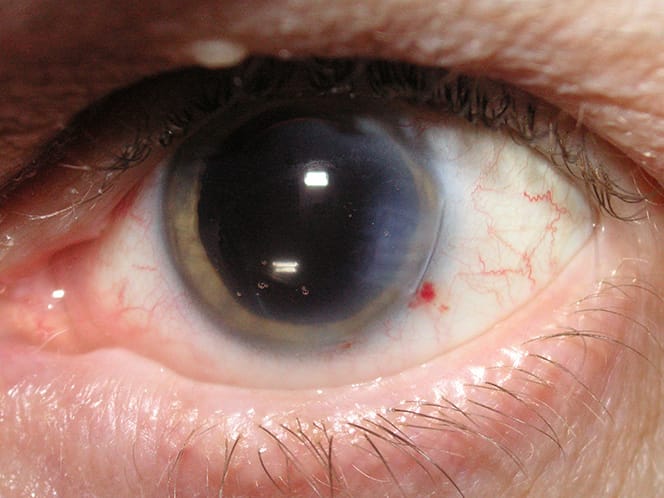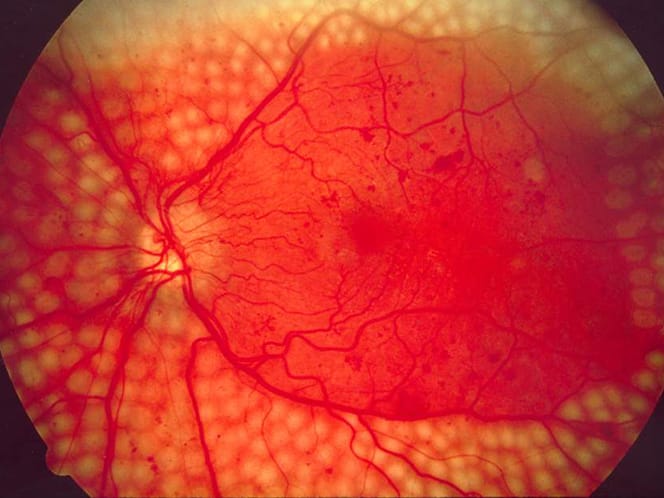Age Related Macular Degeneration (AMD)
The macular is the part of the back of the eye concerned with detailed vision. Degeneration happens when the cells become damaged or stop working and is the main cause of sight loss in the over 50s. Reducing the risk of AMD can be greatly helped by diet – I know it’s a cliche, but you can’t beat a good diet! Boosting the intake of antioxidants and green leafy vegetables/salads containing lutein and zeanthin are beneficial. Zinc is a very important mineral in many biochemical reactions and helps offer protection from free radical damage. Other supplements such as vitamins C and E, beta carotene and copper have also been shown to help. And finally, exposure to UVB rays increases the risk so make sure your sunglasses will protect you.



